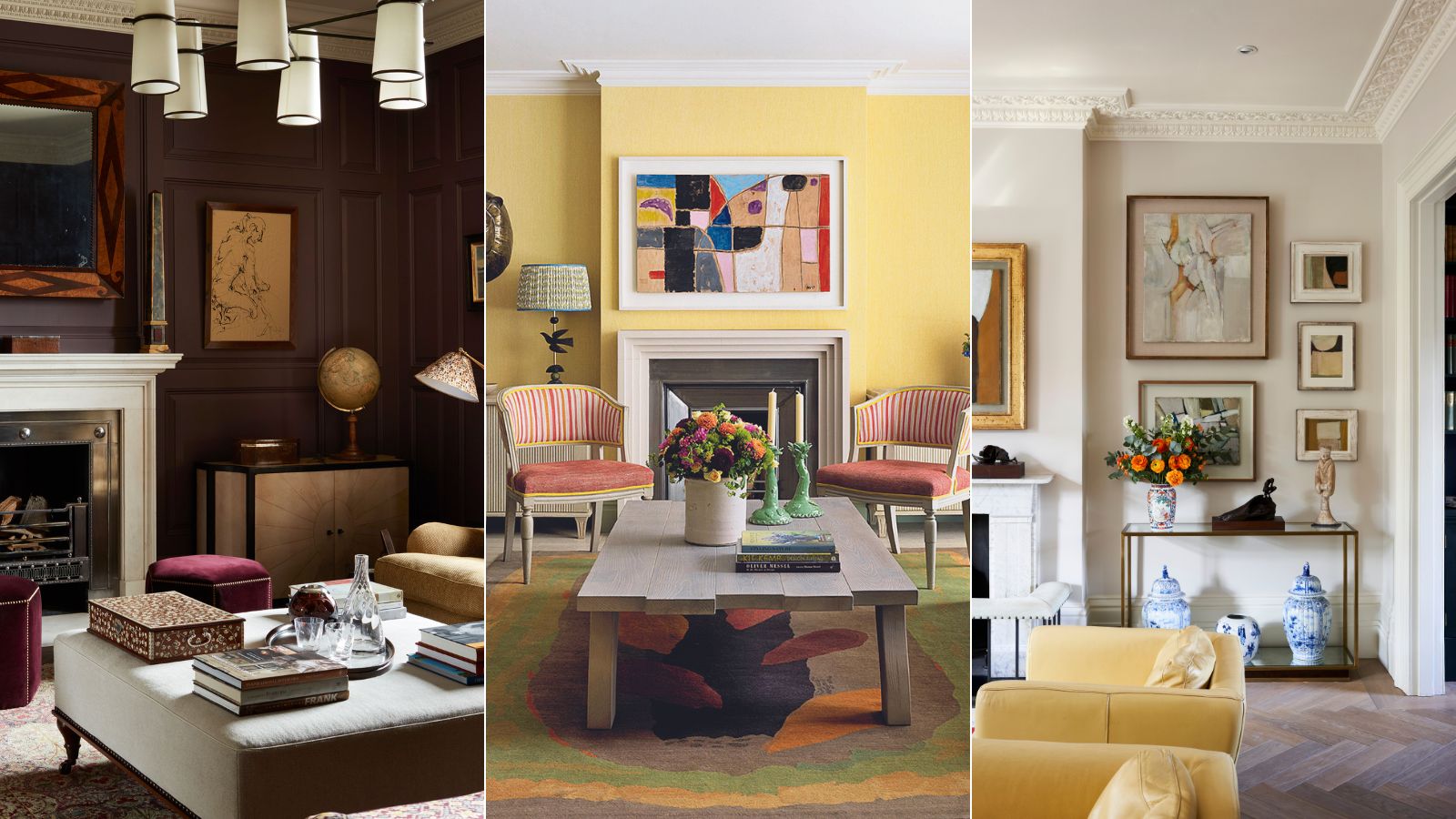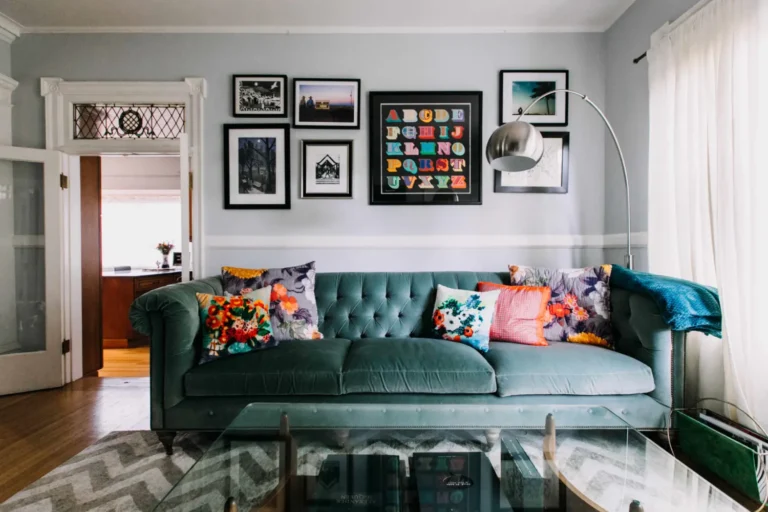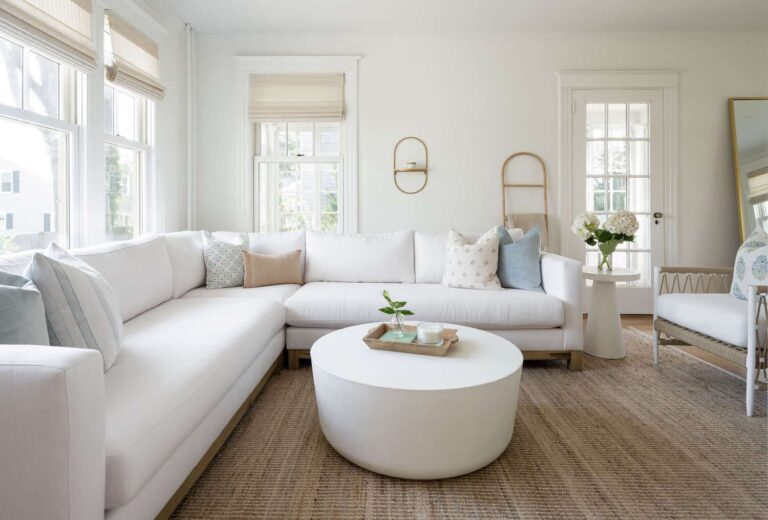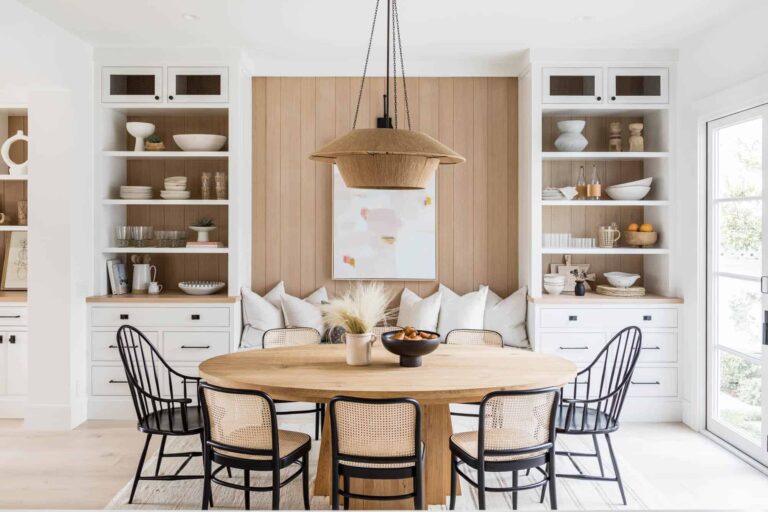What Colour Goes Well In The Living Room?
The living room is the heart of the home, and the color you choose for this room can set the tone for the entire house. The color you choose for the living room can also have an impact on how comfortable and inviting the space is. When selecting a color for your living room, it is important to consider the size of the room, the amount of natural light, and the desired atmosphere. Neutral shades, such as beige, grey, and cream, are great for creating a calming atmosphere. If you want to make a statement, bolder colors, such as orange, red, and blue, are great for creating a vibrant and energized atmosphere.
Choosing the Right Shade
The living room is a central part of any home. It can be a place for relaxation, entertainment, and socializing, and it is important to choose the right color scheme to get the desired effect. When it comes to choosing the right shade for the living room, there are a few factors to consider.
Light and bright shades can help to make the living room look larger and more open, while bolder and darker shades can create cozier, warmer, and more intimate spaces. When choosing a color, it is important to consider the size and layout of the room, the amount of natural light, and the desired atmosphere.
Cooler shades such as blues, purples, and greens are often seen as calming and relaxing, while warmer colors such as reds, oranges, and yellows can be more energizing and invigorating. It is also important to consider the furniture and other accessories in the room, as certain colors may clash or look out of place.
In conclusion, choosing the right shade for the living room is a personal decision that should be based on the size and shape of the room, the amount of natural light, and the desired atmosphere. It is important to consider the existing furniture and accessories and to choose shades that will complement and enhance the look and feel of the living room.
Accentuating With Color
Choosing the right color for your living room is essential for creating a warm and inviting space. It can be overwhelming to decide on the perfect hue, so here are some tips to help you narrow down the choices and create a space you’ll love.
When selecting a wall color for the living room, consider the natural light and the existing furnishings. Dark colors can make the room appear smaller, while light colors will open up the space. If you have a lot of natural light, go for a bold hue like navy or emerald green. If you need to brighten up the room, opt for a pale yellow or a light blue.
You can also create a sense of unity by accentuating with color. Consider painting your living room furniture in an accent color to create a cohesive look. A bright orange couch or a turquoise armchair can make the space more vibrant and add a splash of personality. You can also use accent colors in rugs, pillows, and wall art to add depth and texture.
Finally, consider the purpose of the living room. If you like to entertain, choose colors that will provide a warm and welcoming atmosphere. If you’re looking for a tranquil space to relax, opt for neutral colors like beige, grey, or white.
With these tips in mind, you can find the perfect color to create a living room that is both stylish and functional.
Adding Visual Interest
The living room is one of the most important spaces in any home, and it’s essential to get the colors just right. Choosing colors for the living room can be a daunting task, but with proper planning and careful consideration it can be done. The key is to select colors that will create a beautiful and harmonious atmosphere. Start by considering the existing colors in the room, such as the flooring, furniture, and other elements, and decide what colors will work best with them.
When it comes to choosing colors for the living room, there are a few key considerations. Firstly, consider the size of the room. Lighter colors can help to make a room look larger, while darker colors can make a room feel more intimate and cozy. Consider the natural light in the room as well, as this can influence the colors selected.
When selecting colors, think about the effect you want to create. Do you want a calming and peaceful atmosphere, or something more vibrant and exciting? Bright and bold colors can be great for a living room, or you can opt for more subtle tones. Utilizing a variety of colors can also create a more interesting and visually appealing atmosphere.
Finally, don’t forget to consider the existing colors in the room. Your colors should complement the existing furniture and accessories, as well as the overall style of the room. If you’re going for a classic look, consider traditional colors such as cream, beige, or light blues and greens. For a more contemporary vibe, opt for darker shades such as black, navy, or charcoal.
Ultimately, the colors you choose for your living room should reflect your personal taste and style. Consider the size of the room, the natural light, and the desired effect, and you’ll be sure to find the perfect colors for your living room.
Decorating With Color
Bright and bold or subtle and serene, color is a powerful design element and an important consideration when styling your living room. While beige and white are classic choices, don’t be afraid to experiment with different colors to create a unique look. Whether you’re looking for a soft and soothing palette or an energizing and vibrant one, you can find the perfect hue to fit your needs.
If you’re new to decorating with color, start by picking a color scheme and selecting a few colors to work with. Consider the size of your living room and the amount of natural light it gets, and find shades that will either blend in or stand out. When you have a few colors chosen, you can begin to incorporate them into your living room design.
Your sofa can be a great place to start. Choose a bold hue for your sofa to serve as the anchor of the room, and then layer in other colors with accent pieces such as throw pillows, rugs, and artwork. Alternatively, pick a neutral color for your sofa, and then add pops of color with furniture, decor, and accessories.
When decorating with color, don’t forget about the walls. Even if your palette is predominantly neutral, a bright accent wall can be a great way to add character to the space. Consider incorporating wallpapers, decals, or stenciled designs for a unique look.
When it comes to decorating with color, the possibilities are endless. With a little creativity and trial and error, you can find the perfect color scheme for your living room that will create a space that is inviting, comfortable, and stylish.

Harmonizing Different Shades
in the Living Room
The living room is the heart of any home and making it look great is essential for creating a warm and inviting atmosphere. Choosing the right color palettes can be daunting, as there are so many options out there. To get the perfect balance of shades and hues, it’s important to consider how colors interact with one another and how they can be used to create a harmonious living space. From bold and bright to subtle and elegant, a carefully chosen color palette can transform a living room into a stylish and comfortable space. By understanding the basics of color theory and using the right combinations, you can create a living room that looks and feels great. Here, we look at some of the best color combinations that work well in the living room and provide tips on how to use them to create a beautiful, balanced space.
Creating a Relaxing Atmosphere
In The Living Room
Living rooms are often the first space visitors and family members see when entering a home. Creating a tranquil, soothing atmosphere should be a priority when decorating. A living room should be a place that you can relax, unwind, and feel comfortable in. Choosing the right colour palette is essential to setting the tone for your living room.
The perfect color for a living room depends on personal preference and the overall look and feel you are trying to create. Neutral colors such as beige, grey, white, and taupe are popular choices because they help create a soothing, calming atmosphere. Bright colors such as yellow, orange, and red can add energy and vibrancy to a space while calming blues and greens can help create a tranquil environment.
When choosing a color palette for your living room, consider the size of the room, the amount of natural light, and the existing furniture and decor. If you have large windows, bright colors can help reflect light and make the room appear larger. If you have smaller windows, lighter colors can make the room appear brighter and more spacious.
No matter what color you choose, make sure to incorporate various shades and textures to add depth and interest to the room. Whether you’re looking for a tranquil oasis or a vibrant space, the right color palette can help you create the perfect atmosphere for your living room.
Using Natural Light
When it comes to decorating your living room, natural light can be your best friend. Incorporating natural light into your design can help brighten up the space, making it more inviting and comfortable. To get the most out of natural light, consider what colour will work best in your room. Generally, pale and light shades of paint work best in living rooms as they reflect light, making the room look brighter. Cool colors such as blues, greens, and lavenders will create a calming atmosphere, while warm colors such as yellows, oranges, and red can make the room feel more energized. For a bit of drama, try adding a contrasting color such as black or grey to the mix for a bold look. With so many options, you can create a unique and stylish living space that is perfect for your home.
Incorporating Color Psychology
Into Home Design
When it comes to interior design, color plays an important role in setting the mood of a room. From warm and inviting to cool and calming, the right color can drastically transform a living space. When it comes to the living room, it’s important to consider how color can affect the atmosphere. By understanding the basics of color psychology, homeowners can create a beautiful and inviting space that promotes relaxation and comfort.
Neutral colors, such as white, beige, and grey, typically create a calming and relaxing atmosphere. They offer a sense of peace and tranquility, making them an excellent choice for a living room. Warmer colors, such as red, yellow, and orange, can make a room feel more energetic and cheerful. They can also give a sense of warmth and coziness, making them great for creating an inviting living space.
Cooler colors, such as blue and green, can add a sense of calm and serenity. They are also great for creating a relaxing atmosphere, making them ideal for a living room. When it comes to incorporating color into the living room, it’s important to consider how the colors will interact with each other. By combining various shades and hues, homeowners can create an inviting and aesthetically pleasing atmosphere.
When selecting colors for the living room, homeowners should also consider how the colors will look in the space. Light colors can make a room appear larger, while darker colors can make a room feel more intimate. Ultimately, the choice of color for the living room should be based on the desired atmosphere and the homeowner’s style. With a little bit of creativity and an understanding of color psychology, homeowners can create the perfect living space.
FAQs About the What Colour Goes Well In The Living Room?
Q1. What color should I paint my living room walls?
A1. The color you choose for your living room walls will depend on the overall look and feel you want to create. Generally, neutral colors like white, gray, beige, and light blues can create a calming atmosphere, while brighter colors like yellow, teal, and red can add energy and vibrancy to the room.
Q2. How do I choose a color scheme for my living room?
A2. To choose a color scheme for your living room, think about the color palette you would like to use. Consider colors that complement each other, like blues and greens, or colors that contrast each other, like red and green. You can also take inspiration from your home furnishings and artwork for ideas.
Q3. What colors should I avoid using in my living room?
A3. Generally, it is best to avoid using dark colors, such as black, dark brown, and navy, as they can make a room feel small and oppressive. Additionally, overly bright colors, like neon green or hot pink, can be overwhelming and should be used sparingly.
Conclusion
There is no one color that goes well in the living room. The best color to choose will depend upon the size, shape, and lighting of the living room, as well as the overall style and design that you are trying to achieve. It is important to consider all of these factors when deciding on the best color for your living room. With careful consideration, you can create a space that is both inviting and visually appealing.






